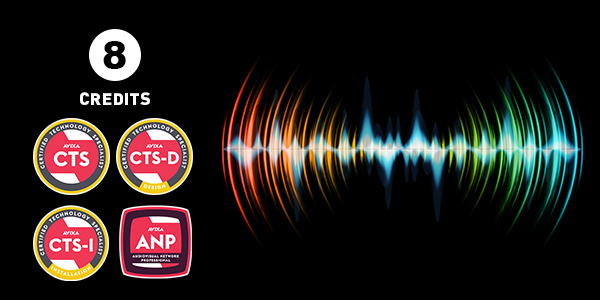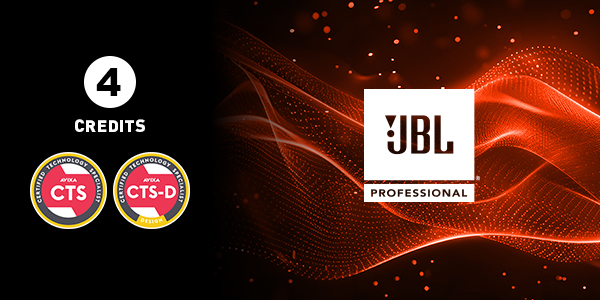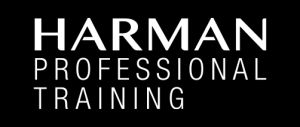
This classroom course is intended for system designers, programmers, consultants, and audio professionals looking for a greater depth of understanding on how to use Audio Architect for building Harman Pro audio systems. This course covers how to setup various Harman branded network solutions in Audio Architect and how to configure those devices thru the software application. While a large part of the class is focused on creating open architecture signal flow for BSS audio Soundweb London Processors, detailed information is also given on design tips for custom control panels, Contrio wall controllers, and HiQnet Motion Control panels. This course also explains the processes for properly configuring other Harman professional HiQnet devices such as Crown Audio amplifiers, JBL networked loudspeakers, and AKG wireless microphones and in-ear monitors.

This classroom course is intended for systems designers, consultants, sales people and audio professionals looking to expand their knowledge of installed sound systems. The instructor walks you thru the entire audio signal chain from source device to loudspeaker. This class is a deep dive into component selection for each device type in the signal chain. Since there are many choices of loudspeaker types (in-ceiling, surface mount, pendant, column, line array, outdoor weather rated, etc.), for so many venue types (meeting spaces, live performance venues, house of worship, retail, operations centers), a considerable amount of course time is spent discussing loudspeaker selection. The remaining time is divided up amongst how to choose the ideal amplifier, digital signal processor, mixing console, and microphone. We also do a comparison of the most commonly used installed sound AoIP standards including: AVB, BLU Link, CobraNet, Dante and AES67.

- Teacher: Carlos Nager
- Teacher: Vincent Tan
- Teacher: Dale West

In this two day intensive, you will learn how to implement A12, A8 and other VTX systems with great success. We touch on everything from the JBL software eco-system, networking, iTech amplifiers, rigging, verification and optimization.
Learning Objectives: Participants will walk away with a deeper understanding of transducer technology and the acoustic principals that make line arrays work. We will have a deep dive into the VTX products, from the signal processing and amplifier technology behind them through to the proper physical implementation. The JBL Software ecosystem will be thoroughly explained and participants will get hands on time with array design, rigging, configuration, and verification.
- Teacher: Oniel Gibson
- Teacher: Carlos Nager
- Teacher: Dale West

You may be good at ‘eyeballing’ a room to determine loudspeaker choice, mounting angles, expected levels and coverage, but how do you convey these elements to your customer? What document do you put into your proposals that shows that you’re not just leaving loudspeaker coverage to chance? Do you encounter proposals that require ‘the successful bidder’ to submit loudspeaker coverage plots from EASE or a similar program?
This course was developed to help you improve your accuracy and success in the area of loudspeaker choice and placement, and to help you express to your clients that you command both the art and the science of sound system design, and are recommending to them the very best system for their needs. This course utilizes two design tools: Trimble’s Sketchup and JBL’s DDA (Digital Directivity Analysis), both of which are free to download and use. Rooms are drawn in Sketchup, then exported to DDA, where loudspeakers* are deployed and tested. As a bonus, the Sketchup model you create may be used for acoustic analysis, to help show your client how acoustic treatment would improve sound in their room. *DDA is not exclusive to JBL products. It uses .CLF (common loudspeaker format) files, which are available for most professional loudspeakers.

Classroom Course
